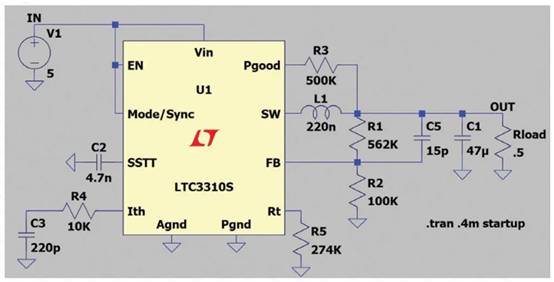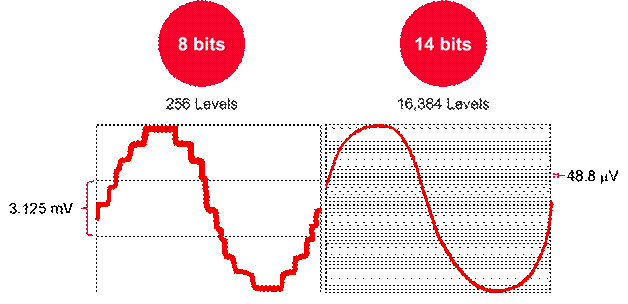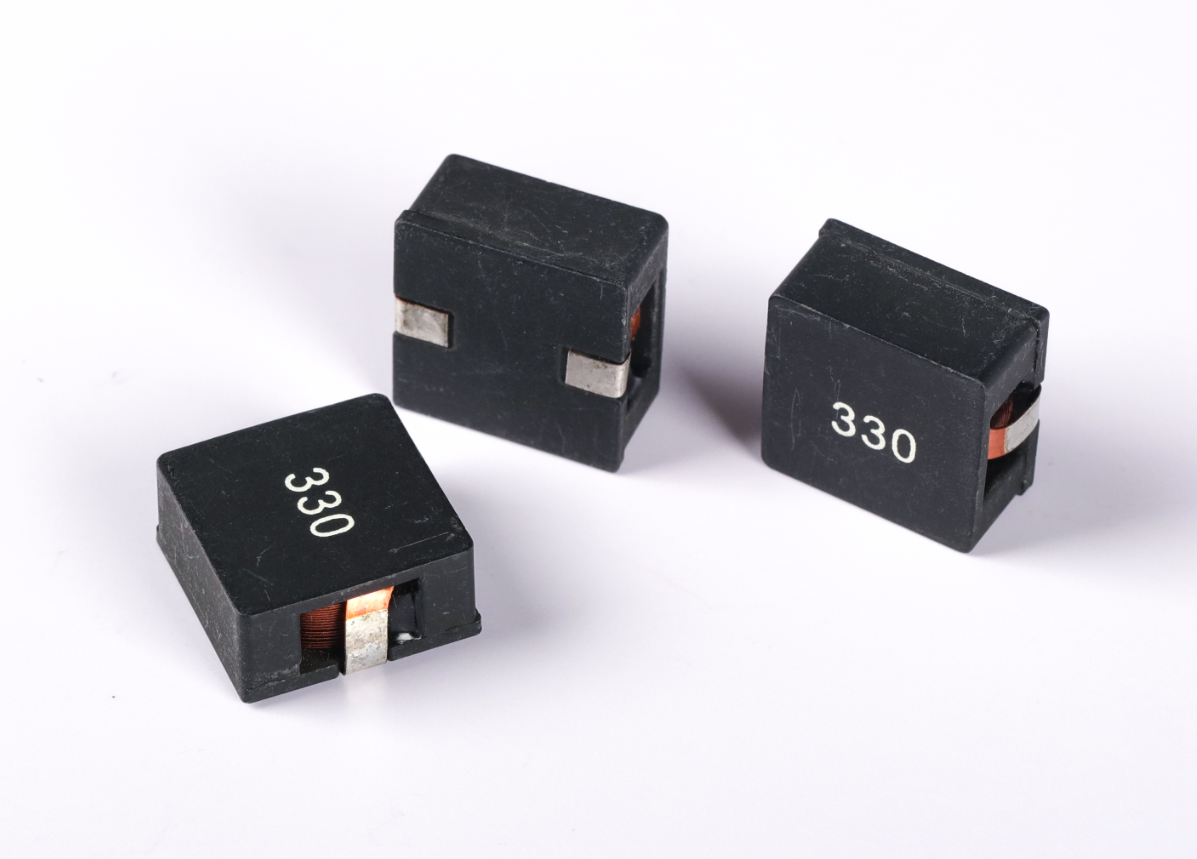#include “linux/module.h”
#include “linux/kernel.h”
#include “linux/fs.h”
#include “linux/init.h”
#include “linux/delay.h”
#include “linux/irq.h”
#include “asm/uaccess.h”
#include “asm/irq.h”
#include “asm/io.h”
#include “asm/arch/regs-gpio.h”
#include “asm/hardware.h”
#include “linux/poll.h”
int major = 0;
static struct class *keydrv_class;
static struct class_device *keydrv_class_dev;
volatile unsigned long *gpfcon;
volatile unsigned long *gpfdat;
volatile unsigned long *gpgcon;
volatile unsigned long *gpgdat;
struct pin_desc{
unsigned int pin;
unsigned int key_val;
};
struct pin_desc pins_desc[4] = {
{S3C2410_GPF0, 0x01},
{S3C2410_GPF2, 0x02},
{S3C2410_GPG3, 0x03},
{S3C2410_GPG11, 0x04},
};
// 键值: 按下时, 0x01, 0x02, 0x03, 0x04
// 键值: 松开时, 0x81, 0x82, 0x83, 0x84
static unsigned char key_val;
static DECLARE_WAIT_QUEUE_HEAD(button_waitq);
// 中止事情标志, 中止服务程序将它置1,third_drv_read将它清0
static volatile int ev_press = 0;
static struct fasync_struct *button_async;
static irqreturn_t buttons_irq(int irq, void *dev_id)
{
struct pin_desc * pindesc = (struct pin_desc *)dev_id;
unsigned int pinval;
pinval = s3c2410_gpio_getpin(pindesc->pin);
if(pinval)
{
//松开
key_val = 0x80 | pindesc->key_val;
}
else
{
//按下
key_val = pindesc->key_val;
}
ev_press = 1; //表明中止发生了
wake_up_interruptible(&button_waitq); // 唤醒休眠的进程
kill_fasync (&button_async, SIGIO, POLL_IN);
return IRQ_RETVAL(IRQ_HANDLED);
}
static int key_drv_open(struct inode *inode, struct file *file)
{
request_irq(IRQ_EINT0, buttons_irq,IRQT_BOTHEDGE,”S2″,&pins_desc[0]);
request_irq(IRQ_EINT2, buttons_irq,IRQT_BOTHEDGE,”S3″,&pins_desc[1]);
request_irq(IRQ_EINT11,buttons_irq,IRQT_BOTHEDGE,”S4″,&pins_desc[2]);
request_irq(IRQ_EINT19,buttons_irq,IRQT_BOTHEDGE,”S5″,&pins_desc[3]);
return 0;
}
ssize_t key_drv_read(struct file *file, char __user *buf, size_t size, loff_t *ppos)
{
if(size != sizeof(key_val))
return -EINVAL;
// 假如没有按键动作, 休眠
wait_event_interruptible(button_waitq, ev_press);
// 假如有按键动作, 回来键值
copy_to_user(buf, &key_val, 1);
ev_press = 0;
return 1;
}
int key_drv_close(struct inode *inode, struct file *file)
{
free_irq(IRQ_EINT0, &pins_desc[0]);
free_irq(IRQ_EINT2, &pins_desc[1]);
free_irq(IRQ_EINT11, &pins_desc[2]);
free_irq(IRQ_EINT19, &pins_desc[3]);
return 0;
}
static unsigned key_drv_poll(struct file *file, poll_table *wait)
{
unsigned int mask = 0;
poll_wait(file, &button_waitq, wait); // 不会当即休眠
if (ev_press)
mask |= POLLIN | POLLRDNORM;
return mask;
}
static int key_drv_fasync (int fd, struct file *filp, int on)
{
printk(“driver: fifth_drv_fasync\n”);
return fasync_helper(fd, filp, on, &button_async);
}
static struct file_operations key_drv_fops = {
.owner = THIS_MODULE, // 这是一个宏,面向编译模块时主动创立的__this_module变量
.open = key_drv_open,
.read = key_drv_read,
.release = key_drv_close,
.poll = key_drv_poll,
.fasync = key_drv_fasync,
};
static int key_drv_init(void)
{
major = register_chrdev(0, “key_drv”, &key_drv_fops);
keydrv_class = class_create(THIS_MODULE, “key_drv”);
keydrv_class_dev = class_device_create(keydrv_class, NULL, MKDEV(major, 0), NULL, “buttons”);
gpfcon = (volatile unsigned long *)ioremap(0x56000050, 16);
gpfdat = gpfcon + 1;
gpgcon = (volatile unsigned long *)ioremap(0x56000060, 16);
gpgdat = gpgcon + 1;
return 0;
}
static void key_drv_exit(void)
{
unregister_chrdev(major, “key_drv”);
class_device_unregister(keydrv_class_dev);
class_destroy(keydrv_class);
iounmap(gpfcon);
iounmap(gpgcon);
return 0;
}
module_init(key_drv_init);
module_exit(key_drv_exit);
=====================================================================
测验程序:
#include “sys/types.h”
#include “sys/stat.h”
#include “fcntl.h”
#include “stdio.h”
#include “poll.h”
#include “signal.h”
#include “sys/types.h”
#include “unistd.h”
#include “fcntl.h”
int fd;
void my_signal_fun(int signum)
{
unsigned char key_val;
read(fd, &key_val, 1);
printf(“key_val: 0x%x\n”, key_val);
}
int main(int argc, char **argv)
{
int Oflags;
signal(SIGIO, my_signal_fun);
fd = open(“/dev/buttons”, O_RDWR);
if(fd < 0)
printf(“cant open!\n”);
fcntl(fd, F_SETOWN, getpid());
Oflags = fcntl(fd, F_GETFL);
fcntl(fd, F_SETFL, Oflags | FASYNC);
while(1)
{
sleep(1000);
}
return 0;
}
===================================================================
解析:
1、驱动程序中界说static struct fasync_struct *button_async;
在key_drv_fops结构体中添加 .fasync = key_drv_fasync,
在key_drv_fasync 函数中初始化变量button_async;
在中止处理函数中发送信号:kill_fasync (&button_async, SIGIO, POLL_IN);
2、测验程序中界说信号接纳函数:signal(SIGIO, my_signal_fun);
初始化,告知驱动程序信号发给谁(进程PID):
fcntl(fd, F_SETOWN, getpid());
Oflags = fcntl(fd, F_GETFL);
fcntl(fd, F_SETFL, Oflags | FASYNC);
总结:正常情况下进程休眠,当有按键按下后驱动程序中的按键中止处理函数就会发送信号给休眠的应用程序,应用程序接纳到信号今后进入处理函数读取按键值。









